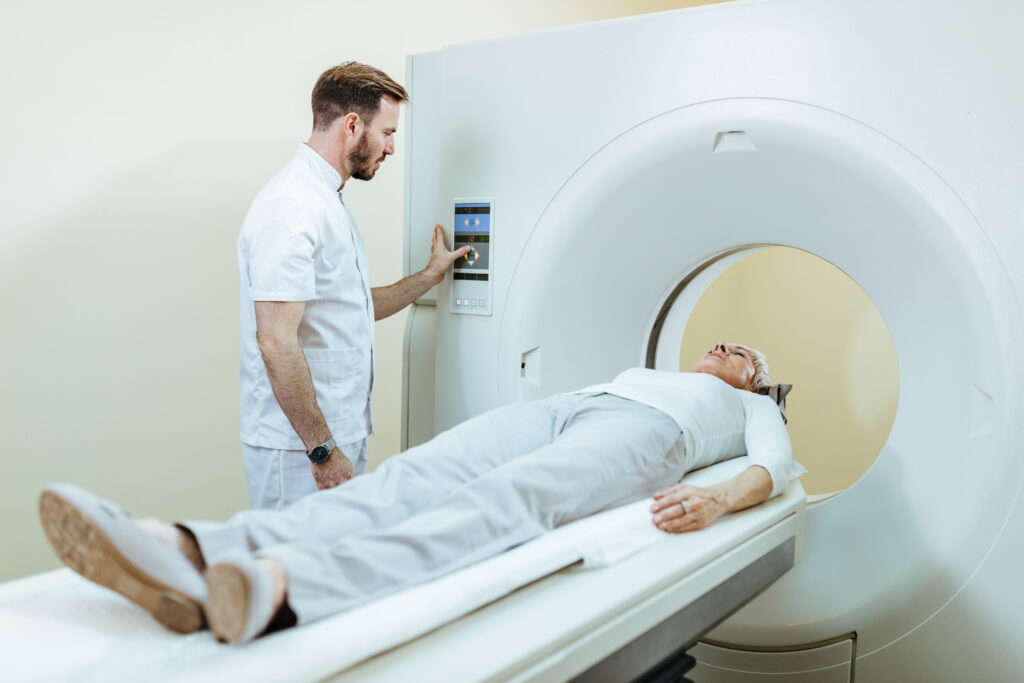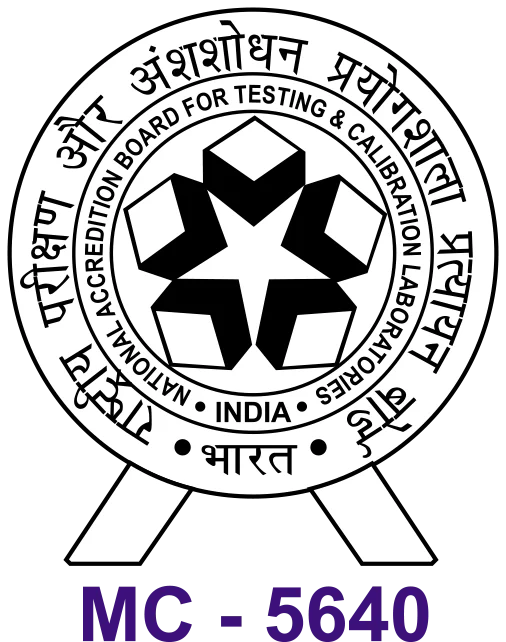CT-Angiography


What is CT-Angiography
CT Angiography (CTA) is a medical imaging technique that combines X-ray technology with computerized tomography (CT) scanning to produce detailed, cross-sectional images of blood vessels throughout the body. It is primarily used to evaluate the condition of arteries and veins, identify blockages, and assess the blood flow to organs and tissues.
Key Features of CT Angiography:
- Non-Invasive: It is a minimally invasive procedure where a contrast dye is injected into the bloodstream to enhance the blood vessels’ visibility on the CT scan images.
- Detailed Imaging: CTA provides high-resolution, 3D images of blood vessels, allowing for better visualization of vessel abnormalities like stenosis (narrowing), aneurysms, or blockages.
- Quick Procedure: The scan is relatively fast, typically taking only a few minutes to complete.
- Contrast Dye: The contrast dye (usually iodine-based) is injected into a vein, which helps highlight blood vessels in the images. The patient may experience a warm sensation during injection.
- Wide Applications:
- Detects coronary artery disease, aneurysms, blood clots, or vascular malformations.
- Used to assess blood vessels in the brain, heart, lungs, and abdomen.
- Helpful in planning surgeries or interventions like stent placements.


